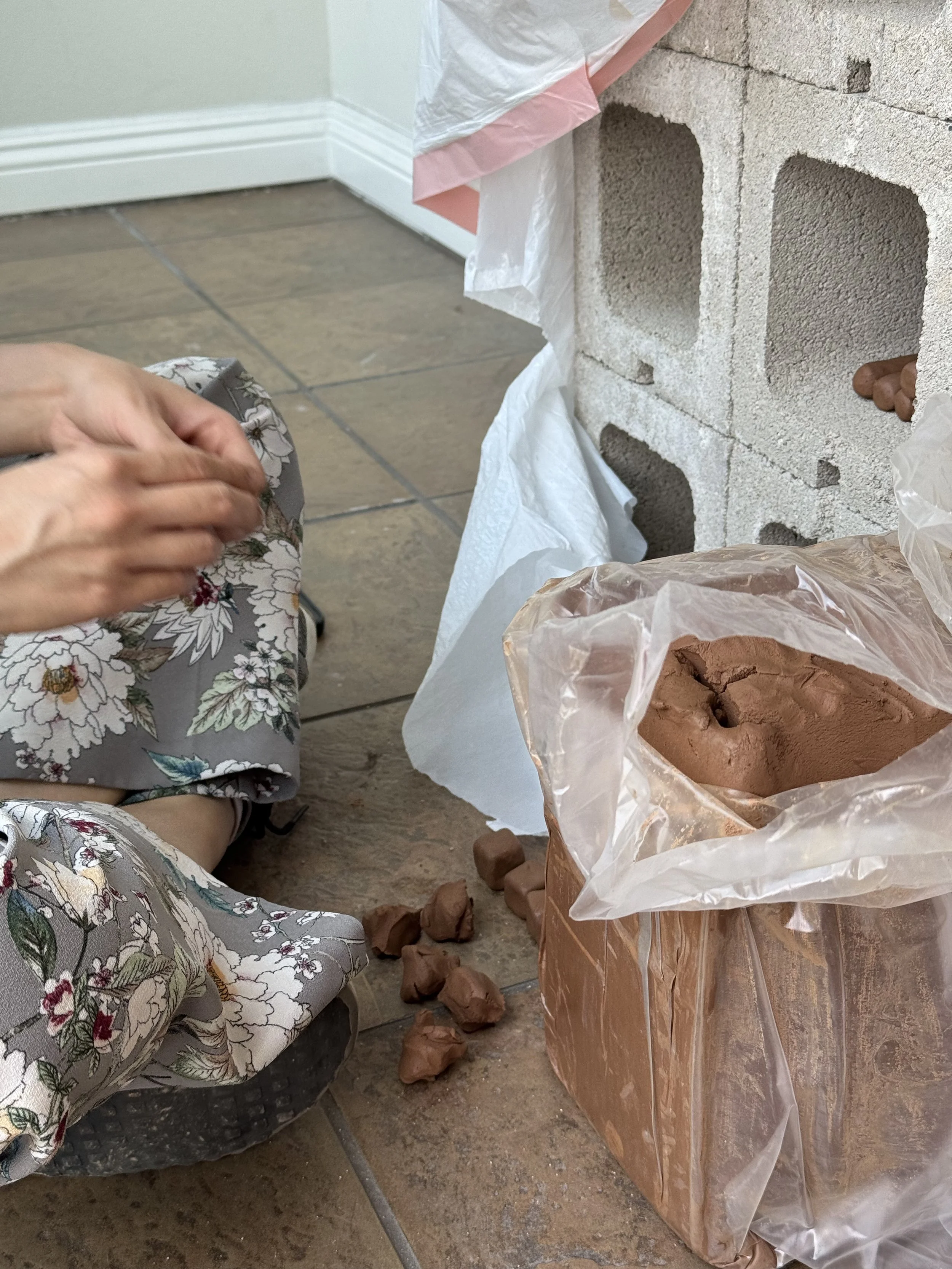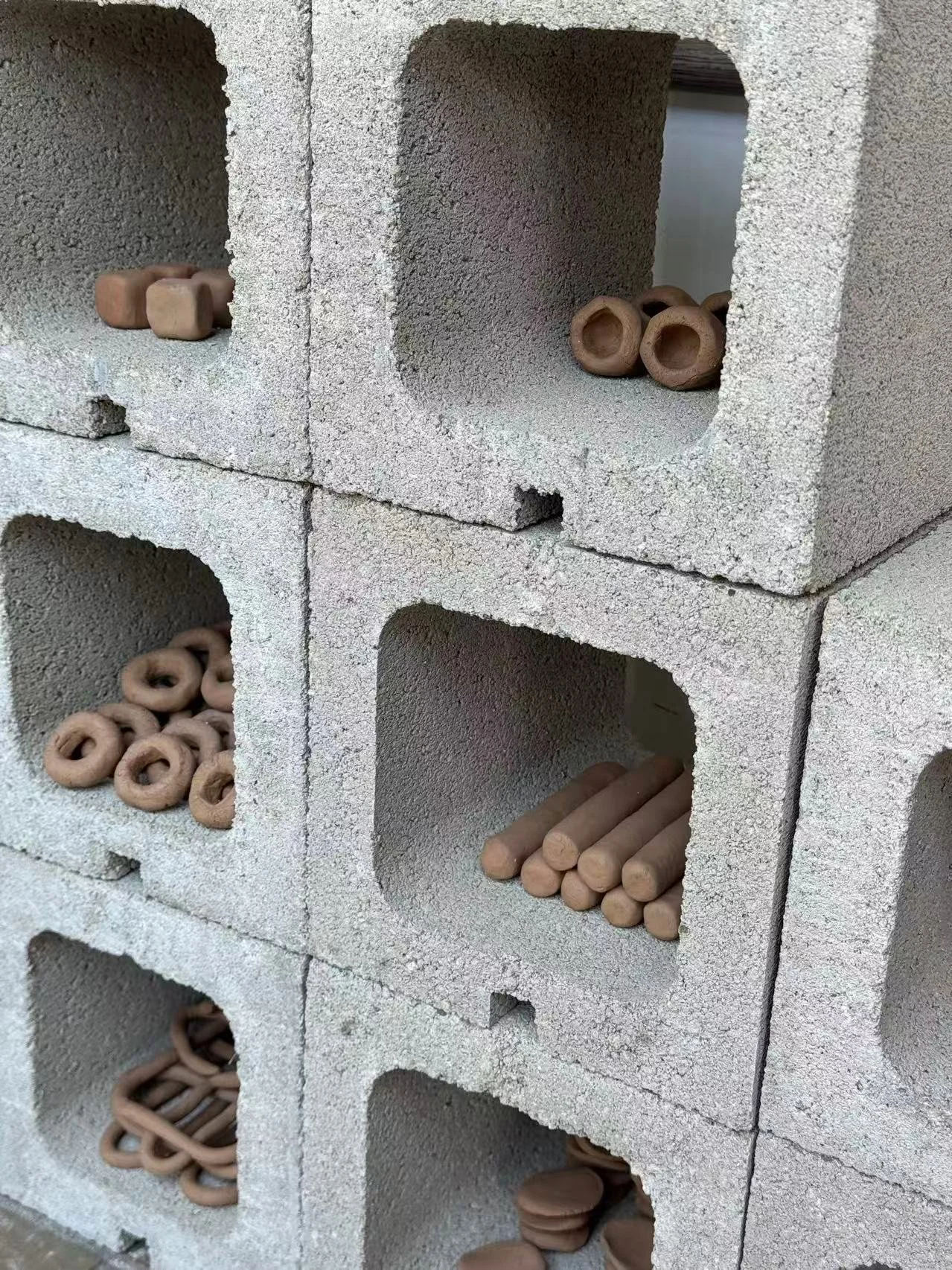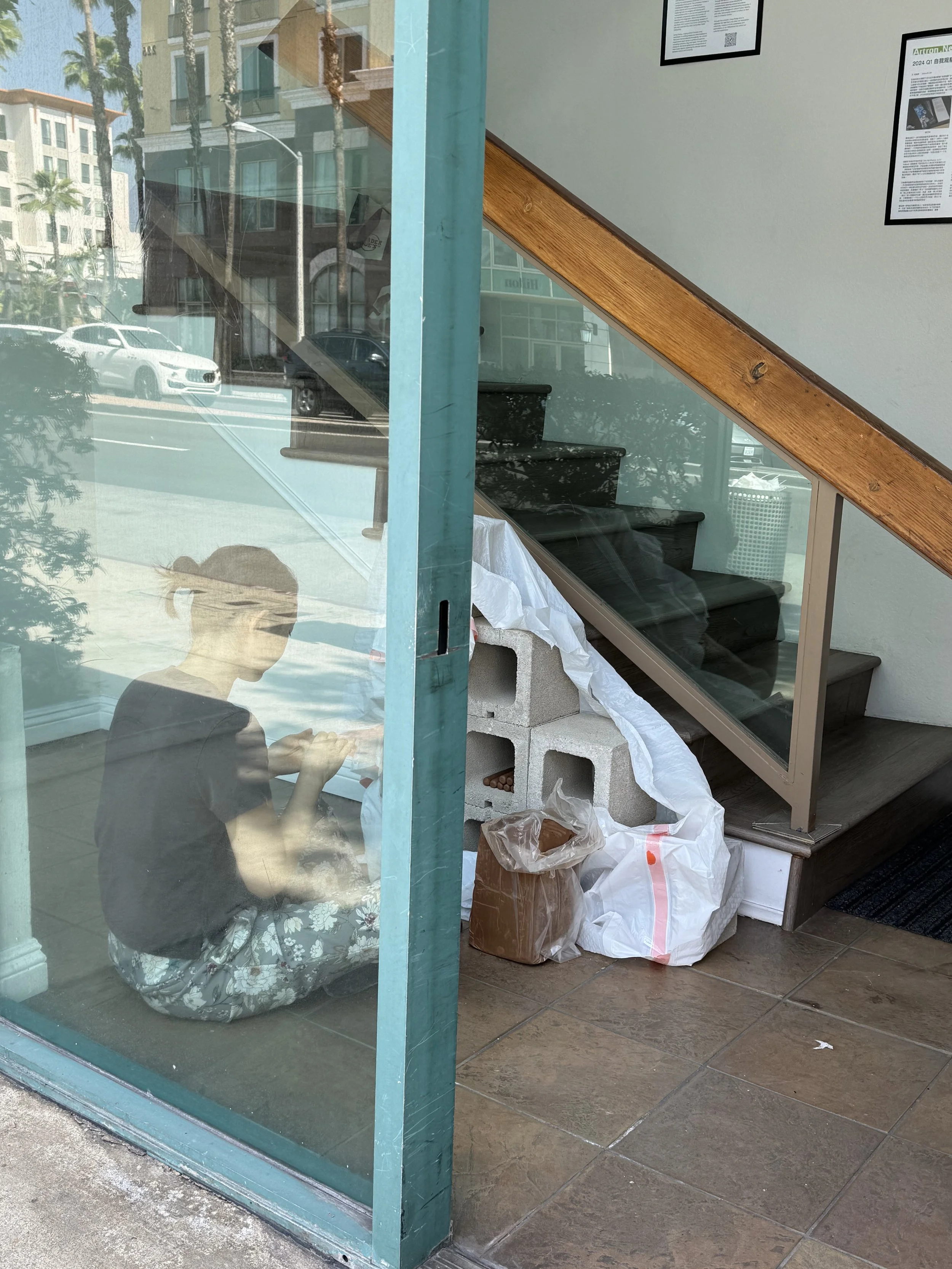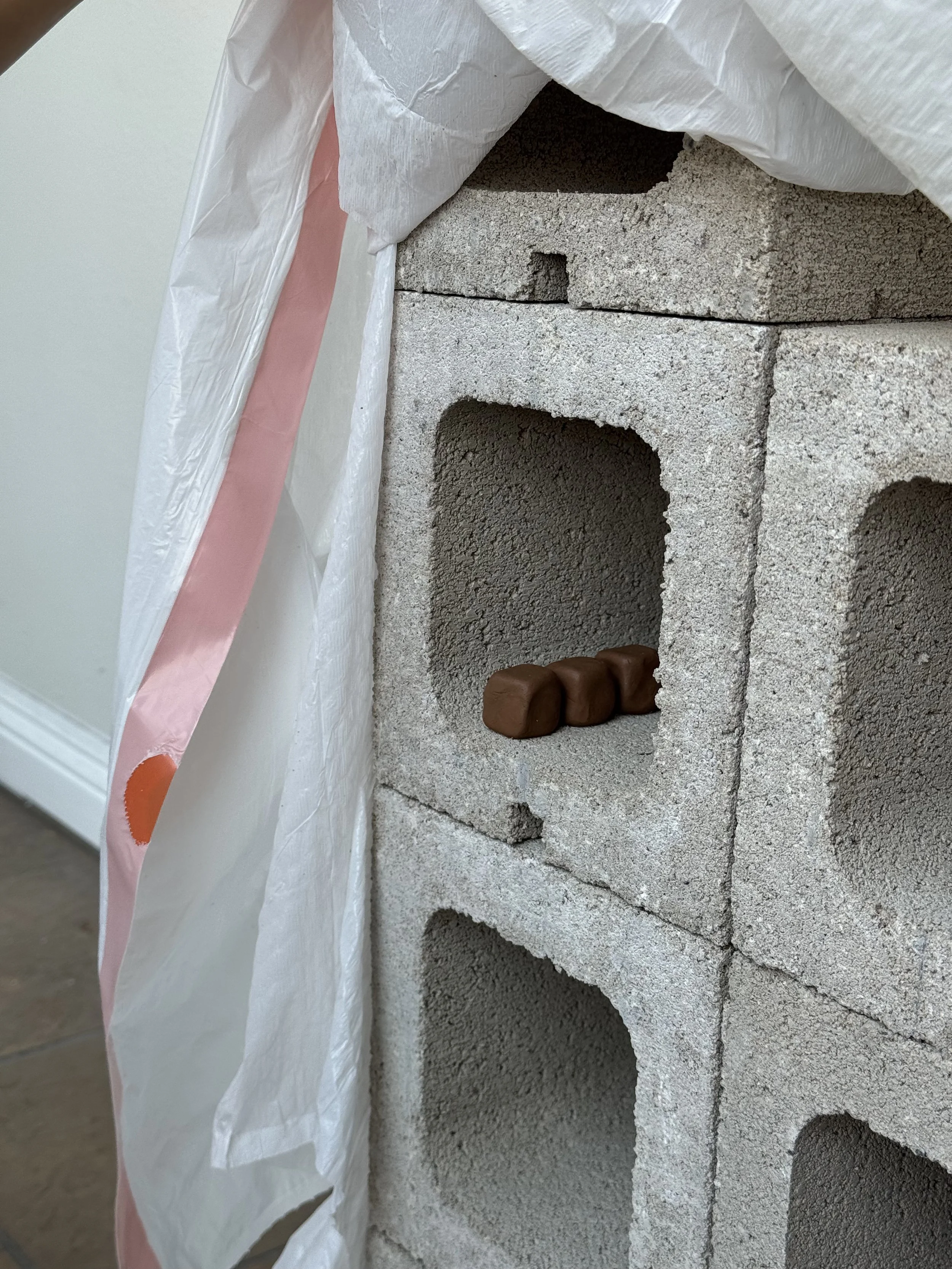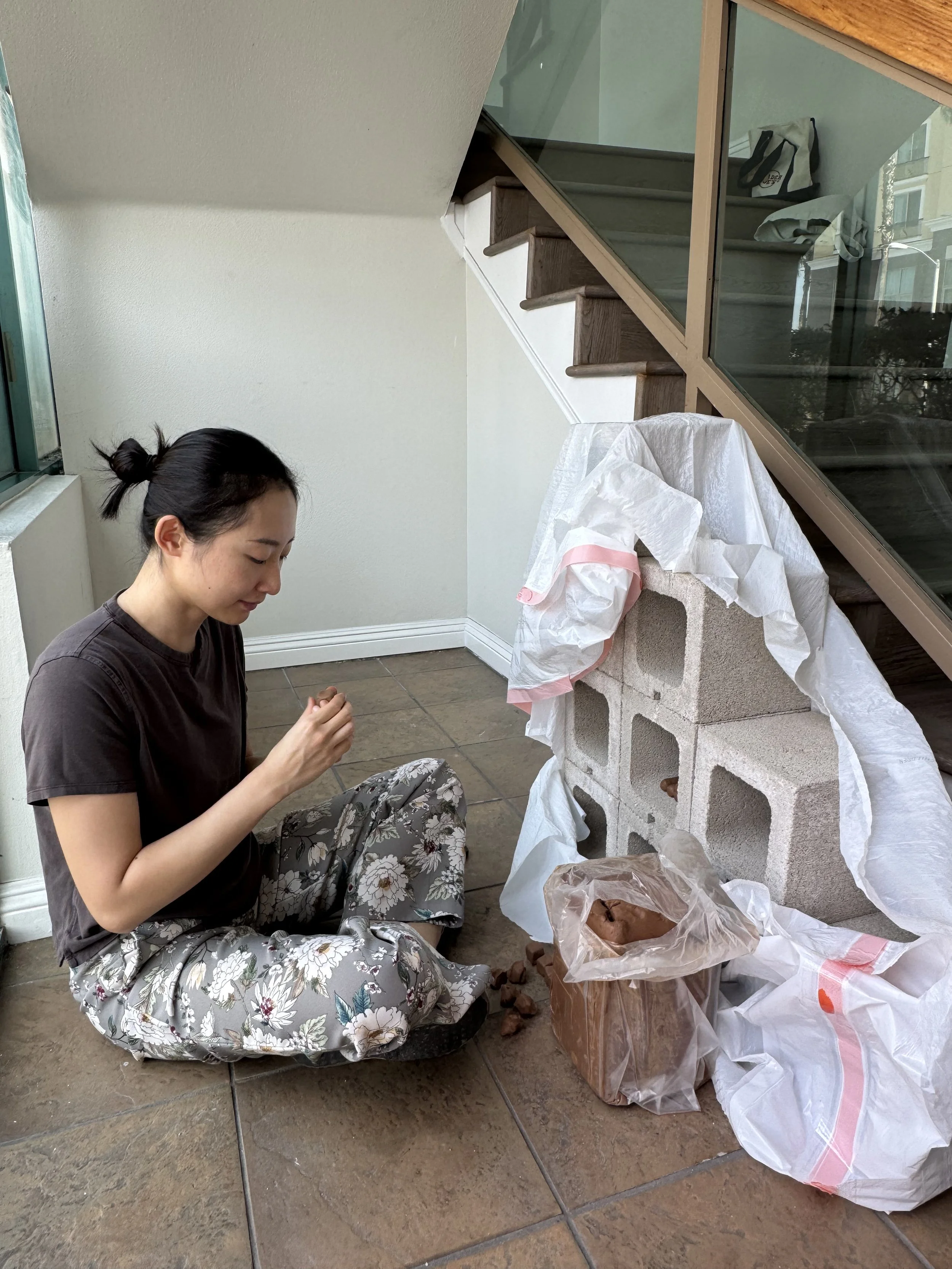Soft Resistance by Liang Zhang
Installation June 27 2025
This work will be on view at 4C Gallery as part of 4C Exhibition 2025 Q3: Fictions of Proximity, from June 7 to July 20.
Intro
In the endless commute between home and work, people seem to have become tiny screws, woven into the skeleton that keeps society running under the weight of laws and systems. As digital and industrial forces surge forward, another hard shell has latched onto this rigid skeleton, pressing down on every individual and group. It buries gentle human expression beneath rows of concrete windows and buildings. However, how can we let emotion and other human expressions sink into the slurry of rules, where warmth fades, movement stills, and everything falls into silence?
Contemporary artist Liang Zhang has captured these hidden human feelings. Through the materials she has mastered, ceramic and clay, Liang Zhang created Soft Resistance to explore, question, and challenge the way systems shape and tame human expression.
Soft Resistance
Interpretation
Liang Zhang uses hollow concrete blocks as a structural base, allowing clay to thread through and stretch across the spaces in varied, flowing shapes.
As products of prefabrication, concrete blocks are among the clearest symbols of industrial production. When the shapeless cement slurry is poured into sharp-edged molds, it cools and hardens into bricks that seem identical—no matter which single grain of sand is buried inside. Between the rigid bricks, a different kind of material begins to grow: soft and rounded clay that are shaped slowly through the rhythm of the artist’s hands. Each curve is formed by pressing and coiling, carrying the imprint of touch and time. Liang Zhang does not hide these marks. Instead, she allows them to push against the stiffness of the concrete, softening its rigid geometry with traces of warmth. In her hands, the clay does not simply fill the gaps. It unsettles the order, bends the grid, and reshapes the frame into a more intricate and expressive form that resists standardization.
This resistance to a rigid system does not belong to the artist alone. It extends to the viewers, who are invited to shape and place the clay themselves, shifting the concrete grid with every touch. In the process, they begin to feel how a person can respond to a fixed form, and carve out a space for belongingness.
As wind slips through the frame, sunlight sips the moisture from the clay, and time seeps through the cracks, the soft material begins to harden and grow brittle. It may become fragile enough to be broken by the system, but it may also become strong enough to rest in its own place between the blocks.
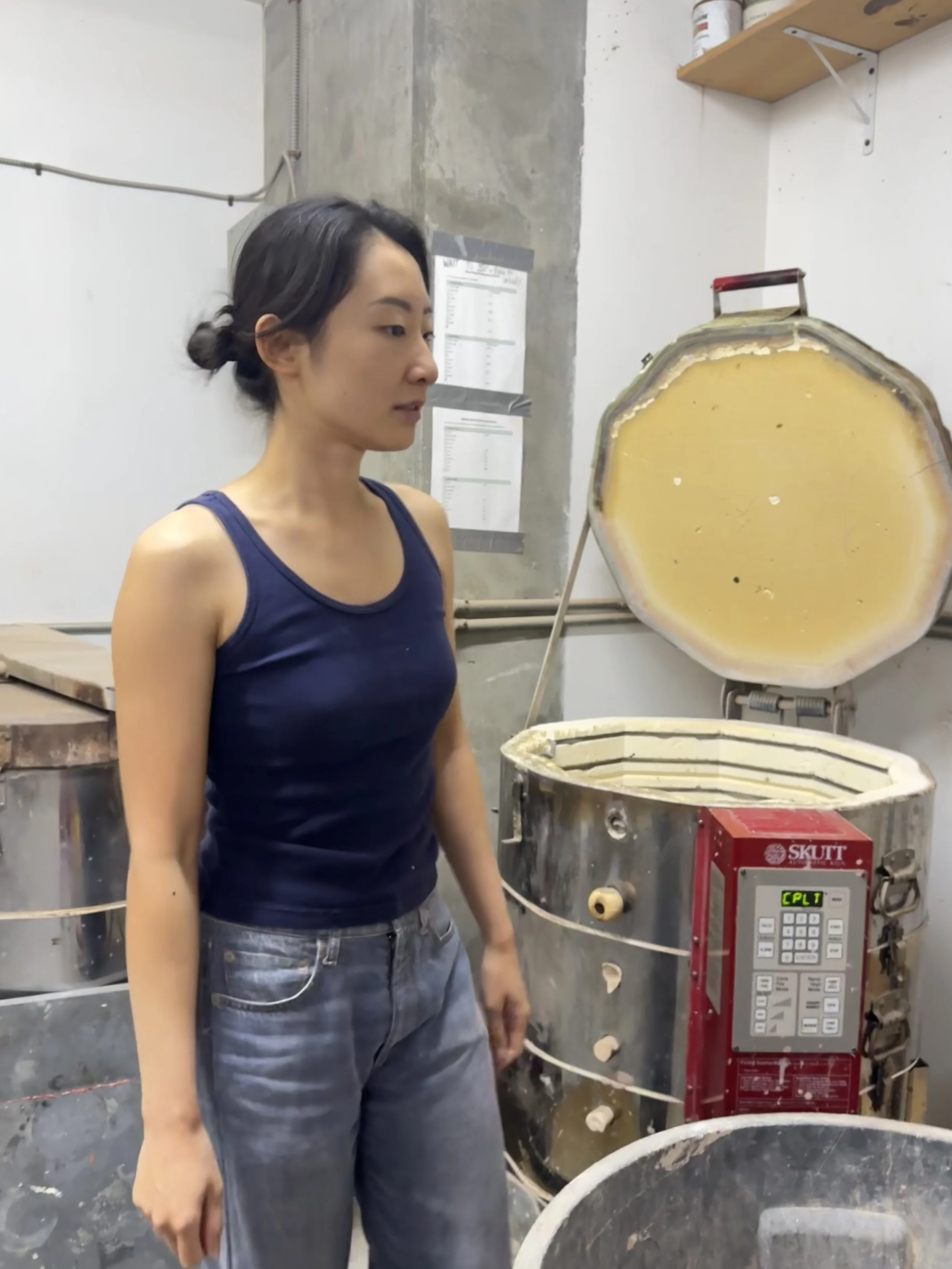
From the Artist
“Over time, the clay dries, gradually losing its flexibility. What was once moldable and full of potential becomes rigid and fragile, mirroring the human condition - how we start adaptable, eager to shape our world, but over time, become desensitized, conditioned, and confined by the very structures we sought to challenge. This transformation reflects the tension between individuality and conformity, resistance and resignation, voice and silence.”
Outro
Yet the question remains: does such softness reshape the grid—or simply decorate its inevitability? Even resistance, when absorbed into structure, risks losing its edge. But perhaps Soft Resistance is in the murmur—not the rupture—where reconfiguration begins.
Credits
By
Work exhibited at
Reporter
Editor
Design


